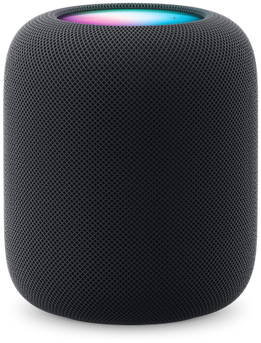The classic "drinking bird" toy, long known for its role in teaching thermodynamics in science classrooms, is making a remarkable resurgence. Researchers in Hong Kong and China have developed a new clean-energy generator inspired by the iconic toy, with the potential to power everyday electronics such as watches and phones. This groundbreaking technology is detailed in a study published in the journal Device.
The innovative method behind this new generator involves utilizing the energy produced by the bird's repetitive motion to generate electricity. The physics at play are quite simple: the toy consists of two glass bulbs representing the head and body of the bird, connected by a glass tube filled with methylene chloride, a volatile liquid. When the bird's beak is submerged in water, it returns to an upright position, allowing the water to evaporate and cool the head. This process causes the liquid in the lower bulb to rise up the tube, shifting the bird's center of gravity and tipping its beak back into the water. While the drinking bird toy has long been a source of entertainment for many, the process it mimics – evaporation – occurs naturally on Earth and can be harnessed for clean energy generation. Evaporation, driven by sunlight warming the Earth's surface, leads to the conversion of liquid water into vapor, playing a vital role in the planet's water cycle and energy transfer processes. The researchers behind this new technology believe that capturing and converting this abundant energy source into electricity could offer significant renewable energy opportunities. Lead author Hao Wu, a professor at South China University of Technology, emphasizes the novelty of using water – a readily available fuel source – to generate electricity through the drinking bird method. Wu's inspiration for this research came during her post-doctorate studies when she realized the potential of the drinking bird model beyond its educational value. By adding nanogenerator modules to the bird's design, they were able to convert mechanical energy into electricity and successfully power various electronic devices. The team's ultimate goal is to create a more efficient drinking bird generator that maximizes the power of evaporation. Previous attempts to convert evaporation energy into electricity have faced challenges with low conversion efficiency. However, the drinking bird method developed by the researchers has shown promising results, generating enough voltage to power small electronic devices with just a small amount of water. This marks a significant advancement in the field of clean energy technology. Looking ahead, the team is focused on improving the efficiency of their drinking bird generator and exploring its potential applications in everyday devices. If successful, this innovative approach could pave the way for a new era of sustainable energy generation and utilization. In conclusion, the revival of the classic drinking bird toy as a clean-energy generator represents a unique and promising development in the field of renewable energy. By harnessing the power of evaporation, researchers are demonstrating the potential to transform a simple childhood toy into a sustainable energy source for the future.The Return of the 'Drinking Bird': Could it Be the Future of Clean Energy for Your Gadgets?
 6 months ago
2452
6 months ago
2452
- Homepage
- Technology
- The Return of the 'Drinking Bird': Could it Be the Future of Clean Energy for Your Gadgets?
Related
FlightAware Data Breach Exposes Users' Sensitive Information...
1 month ago
838
Former Google CEO Eric Schmidt's Insights on LLMs, AI Langua...
1 month ago
721
Apple's Innovative Smart Home Hub with Rotating Screen Set f...
1 month ago
789
Trending in United States of America
Popular
Nokia Reaches 5G Patent Agreement with Vivo After Lengthy Le...
7 months ago
26048
Apple's Upcoming Tablet Lineup: iPad Air to Introduce Two Si...
9 months ago
25976
Xiaomi's First Electric Car, the SU7 Sedan, Enters the EV Ma...
8 months ago
25364
The European Parliament's Bold Move to Combat Smartphone Add...
9 months ago
25312
Unveiling ChatGPT's New 'Memory' Feature Revolutionizing Use...
7 months ago
25212
© OriginSources 2024. All rights are reserved








 English (US)
English (US)